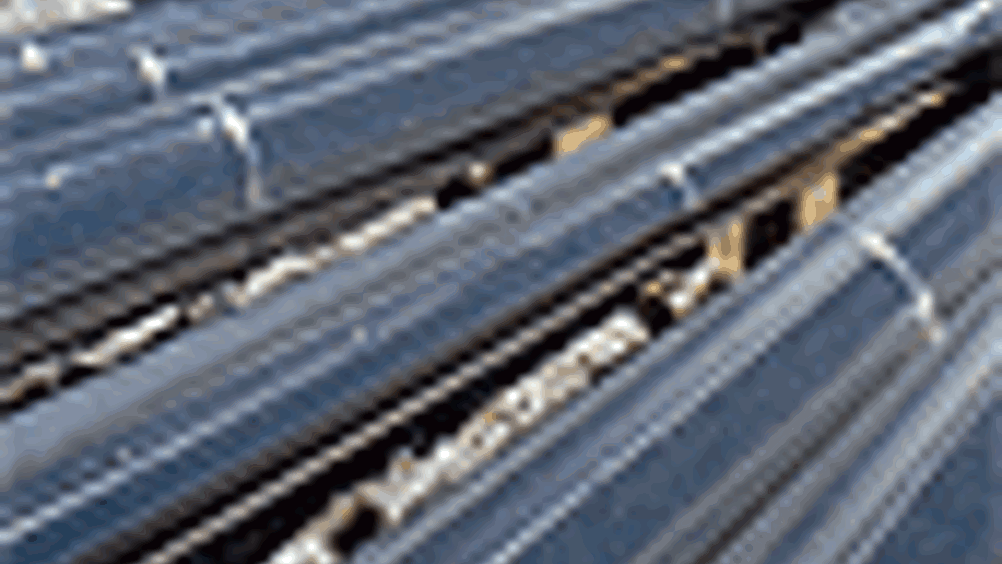Orfeus in the underworld
A UK-led European project aims to improve radar technology used when mapping underground utilities to help reduce disruption when building roads or sinking new pipes and cables.

A UK-led European project aims to improve radar technology used when mapping underground utilities to help reduce disruption when building roads or sinking new pipes and cables.
As well as enabling existing surface-based radars to penetrate deeper into the ground, scientists hope to create a new radar-based sensor that can be attached to drill heads to give operators real-time information about obstacles in the drill path.
The £4m optimised radar to find every utility in the street (ORFEUS) project, co-ordinated by Newcastle-based
, draws on the resources of eight European organisations. Half of the project was funded by utility company
,
,
, German drill manufacturer
and Italian radar specialist Ingeneria Dei Sistemi. The
supported the partner universities — Brno, Florence and Delft — by providing the rest.
'Ground-probing radar (GPR) is a technology that is used quite frequently to map what is under the ground, particularly buried utilities. It is the only technology we know of that can find non-metallic plant by non-invasive techniques from the surface,' said OSYS managing director Howard Scott.
Register now to continue reading
Thanks for visiting The Engineer. You’ve now reached your monthly limit of news stories. Register for free to unlock unlimited access to all of our news coverage, as well as premium content including opinion, in-depth features and special reports.
Benefits of registering
-
In-depth insights and coverage of key emerging trends
-
Unrestricted access to special reports throughout the year
-
Daily technology news delivered straight to your inbox










CCC Report Finds UK Climate Targets Still Within Reach
In 1990 67% of the UK´s electricity came from coal-fired power stations and even without renewables the transition to gas was a major contributor to...